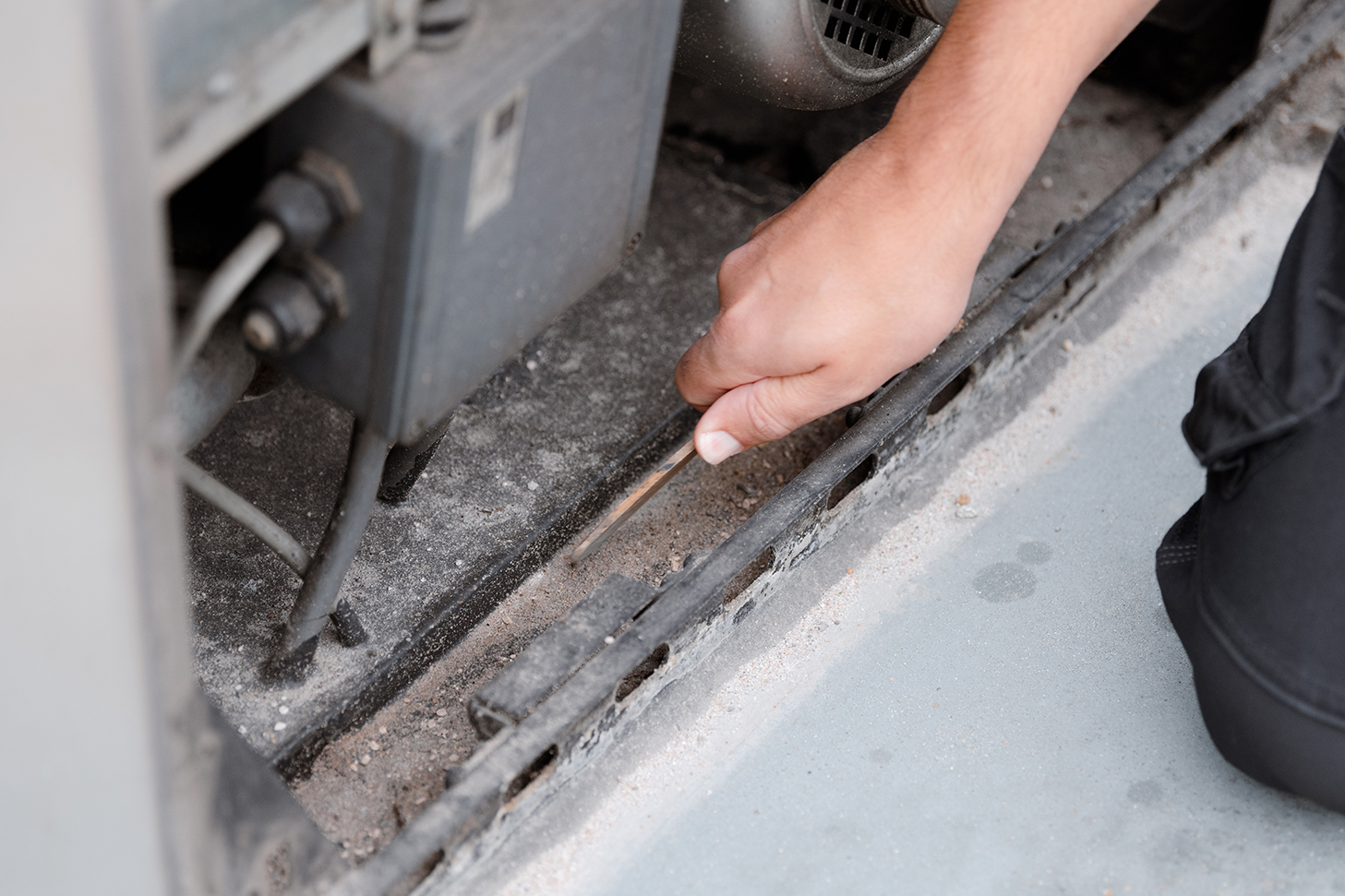Prevent soil contamination during business activities


Various business activities can lead to soil contamination. The government allows these activities, provided facilities and/or measures are taken to prevent soil contamination. Normec QS is accredited and ministerially authorised to carry out mandatory inspections of liquid-tight facilities and issue a Liquid-tight Facility Declaration (formerly PBV Declaration) according to AS SIKB 6700 ‘Inspection of Soil Protection Facilities’ and Protocol 6701, 6702 and 6703.
In some cases, the government requires a demonstrable liquid-tight facility. If you own or manage a facility, like listed below, you must have a Liquid-tight Facility Declaration.
As owner and/or keeper of the impermeable soil facility and the impermeable part of the soil sewer (company sewer), you are responsible for an annual inspection in accordance with Appendix 6 of the AS SIKB 6700 (BIC). You can do this yourself or outsource the inspection.
If during the inspection any defects or damages are found, it is your responsibility to have them repaired in due time. Once the defects have been repaired, they must be assessed and approved in accordance with AS SIKB 6700. An mid-term assessment of a repaired section can take place between two regular inspections or between construction and the first annual inspection.
The Liquid-tight Facility Declaration is issued after an independent inspection on compliance with the requirements. A national assessment scheme is used for the inspection:
The inspection of your liquid-tight facility or floor based on AS SIKB 6700 Inspection of Soil Protection Facilities guidelines can be done through four protocols. The inspection agency, Normec QS in this case, will determine for each facility which protocol is best suited for inspection. Based on the chosen protocol, the liquid-tight facility is described in order to receive the Liquid-tight Facility Declaration.
The CUR/PBV Recommendation 44 is the predecessor of the current AS 6700 scheme. Since 1 July 2013 it is no longer permitted to issue a Liquid-tight Facility Declaration based on CUR/PBV Recommendation 44. The AS 6700 scheme is the successor to CUR/PBV Recommendation 44 (fourth revised edition) and the PBV Declaration.
The transition to the AS 6700 scheme, is particularly relevant to the period of validity of your Liquid-tight Facility Declaration. The period of validity as described in your environmental permit (formerly environmental permit) is leading. Previously, verification of compliance with laws and regulations was an integral part of the inspection. This is no longer the case with the AS 6700 scheme. In the Activities Decree Internet Module you can consult regulations relevant to you.
After placing the order, the inspection is scheduled. Our inspector will perform the inspection according to Protocol 6701, 6702 or 6703, depending on the object. He will take photographs and produce inspection drawings.
After the inspection has been completed, the report is drawn up. If it can be demonstrated that the requirements have been met, we will issue the Liquid-tight Facility Declaration.
As an attachment to the Declaration you will receive an Internal Company Checklist. This list can be used to perform the mandatory annual in-company inspection (BIC). By performing an internal audit you ensure the validity of the Declaration. If desired, we can also perform the annual internal audit for you.
This declaration is valid for 6 years.